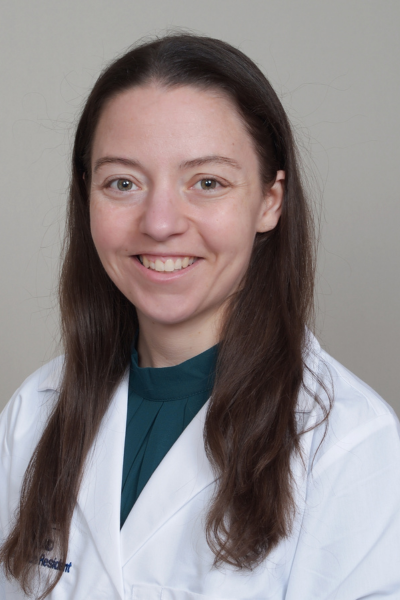2024 SAEMF/RAMS Resident Research Grant - $5,000
"Law Enforcement As a Bridge between Bystanders and EMS in Cardiac Arrest"
Out-of-hospital cardiac arrest (OHCA) is a major clinical and public health problem, with worldwide rates of survival with good neurologic function estimated at only about 10%. Early cardiopulmonary resuscitation (CPR) and defibrillation use improve rates of neurologically intact survival, with every minute of delay having a significant negative impact. While prompt arrival of emergency medical services (EMS) is optimal, wait times in underserved rural and urban settings can be long enough that bystander intervention is needed to achieve good outcomes. Unfortunately, the same underserved regions with prolonged EMS arrival times are often those with the lowest rates of bystander-initiated CPR and defibrillation. Developing innovative strategies to bridge this gap between bystanders and EMS arrival represents a significant unmet need with potential to both improve victim outcomes and address health care disparities. Having identified significant differences in OHCA outcomes in Genesee County, Michigan, the proposed project is a first step towards a more comprehensive understanding of the potential role of local law enforcement in addressing this disparity, by bridging the time gap between OHCA and EMS arrival in Genesee County. This work will lay a necessary foundation, informing future work to improve OHCA outcomes in Genesee County.
Recipient(s)
-

Ashley P. Cohen, MD
University of Michigan
"Law Enforcement As a Bridge between Bystanders and EMS in Cardiac Arrest"
Dr. Cohen is a resident physician in the department of emergency medicine at the University of Michigan. She has had a longstanding interest in community programming and health care advocacy, throughout her time as a registered nurse, during medical school, and throughout her residency training to date. Whether it be out-of-hospital cardiac arrest (OHCA) outcomes, firearms injury prevention, or patient financial assistance, her efforts consistently demonstrate an overarching dedication to addressing health disparities. Her current work seeks to evaluate the OHCA response network within one Michigan county to determine if law enforcement may be an under-engaged first responder group and potential bridge to the arrival of EMS, particularly within medically underserved communities. More broadly, her career interests lie at the intersection of the clinical practice of academic emergency medicine, legislative advocacy, and data supported community interventions, to address inequities within health care systems.
